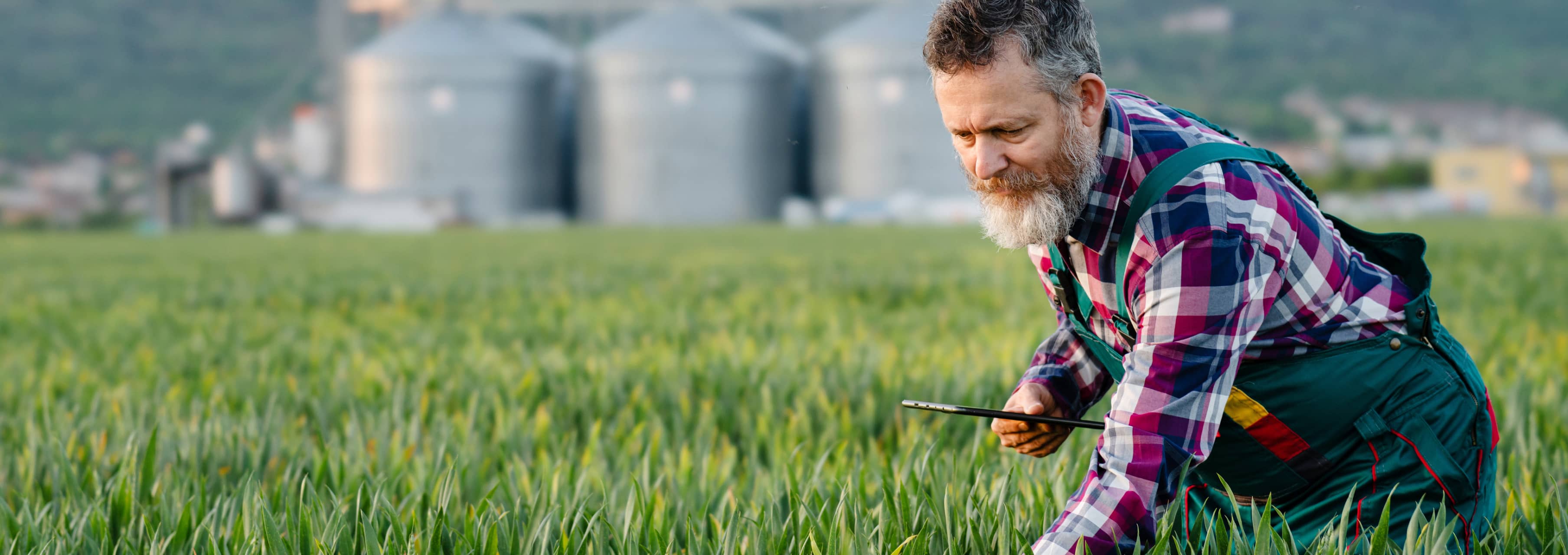
This growing commitment is driven by many factors: tightening regulatory requirements toward Net Zero and rising pressure from all stakeholders to disclose sustainability performance, leading to an urgent need to track emissions and disclose environmental impact through metrics and KPIs. As a result, organisations are turning to custom software solutions tailored to support these evolving demands.
- Get to know COVERE², a comprehensive platform designed to help agrifood organisations accurately measure, manage, and reduce their environmental impact.
- COVERE² was developed through a user-centred design process that uncovered key user needs and challenges.
- Innovative features and expert support of the platform boost data quality and help organisations accelerate their net zero journey.
The essentials of sustainability reporting software
Sustainability reporting software is a tool for managing and analysing an organisation's environmental, social, and governance (ESG) performance. This includes tracking data such as carbon footprint, water and energy usage, waste, female representation in leadership roles and thousands more. It enables organisations to produce both internal and external sustainability reports, which serve as a foundation for driving sustainability transformation and enhancing overall sustainability performance. Many sustainability reporting tools integrate sustainability management software to automatically generate reports based on collected data.
Designing digital platforms that address ESG reporting and facilitate a transition towards net zero is becoming more popular. It is a complex but crucial task. Success in this space demands not just innovative ideas but also a deep understanding of the people who will use these solutions. That is exactly what inspired our team to develop a new kind of platform — one that would make sustainability accessible, actionable, and tailored to the industry.
Meet COVERE²
This innovation project piloted on the milk and dairy industry, supported and funded by EIT Food, built together with a team of partners (University of Helsinki, Malta College of Arts, Science and Technology and Vitagora), kicked off a year ago. COVERE² stands for collecting, verifying, reporting, and reducing GHG emissions and that describes it all.
COVERE² is a digital platform providing report generation and consultancy services designed to simplify sustainability compliance and transformation for the agriculture industry.
We want to support agrifood producers, the food processing industry, farmers cooperatives, and others on their path to GHG emission reduction. Our aim is to equip them with a combination of tools and services so that they can improve faster and more cost-effectively.
COVERE² is not to become an ordinary GHG emissions data platform. What we want is to disrupt the market by offering a one-stop shop from assessment to data collection, data verification, data analysis, and, ultimately, emissions reduction. But how to do that?
We set ourselves a few goals:
- We want to develop a comprehensive solution to support companies in their efforts to understand and reduce greenhouse gas emissions accurately.
- We want to simplify and advance complex topics such as compliance, data management, data processing, and reporting, empowering and equipping organisations to effectively contribute to achieving net zero goals.
- We want to improve sustainability data quality.
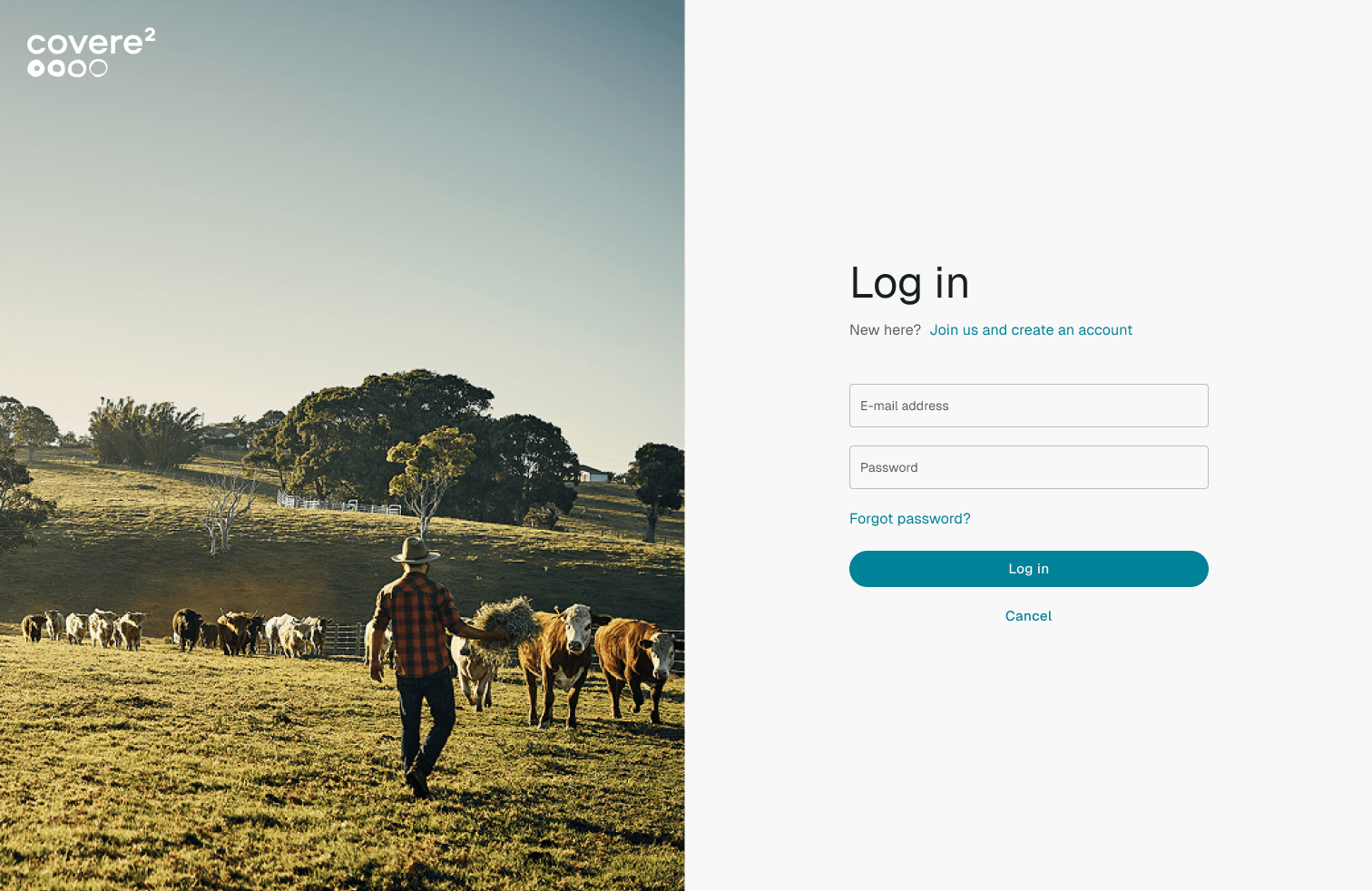
COVERE²'s user interface
Defining the challenge
- Three main drives for sustainability reporting and transformation:
-
- Legislation: new regulations are coming, such as CSDR and ESRS, making it mandatory for more companies to report on GHG emissions.
- Customers: people demand more sustainable products, more transparency in environmental footprint, and more traceability.
- Business resiliency: to ensure the resilience and sustainability of your operations, it has to strive towards Net Zero.
Based on that, we were able to define our challenges and form problem statements:
- Complexity and uncertainty of sustainability EU regulations.
- High cost, time-consuming compliance.
- Low data quality.
- Lack of knowledge on sustainability topics.
Have we accurately identified the core problems and validated the need for such solutions? Are our assumptions aligned with the actual challenges faced by our target audience? Does our proposed solution effectively address these needs, or are we potentially overlooking any critical elements in our approach?
The truth is… We need to make sure!
Our initial problem statement was built on assumptions and existing knowledge—which is a reasonable starting point. But relying solely on assumptions is risky; it’s like flipping a coin to choose a solution, giving you only a 50/50 chance of success. Assumptions alone aren’t worth investing in. That’s why you need a plan.
We needed a process that could validate or challenge our thinking—one that actively involves the people we aim to serve. Engaging potential customers early was essential to ensure we were solving the right problems in the right way.
User-centred design approach to building the COVERE² platform
For us, a platform for sustainability and ESG reporting is more than a “ticking boxes” tool for compliance. It’s about empowering companies to take meaningful steps towards transformation. To achieve this, we adopted a user-centred design (UCD) process that placed users at the heart of our decision-making.
The goal of UCD is to create comprehensive reporting solutions that are usable, accessible, and tailored to the people who interact with them. The user is at the centre of a design approach focused on needs, behaviours and experiences. It actively involves users at every stage - research, design, testing - to ensure that the final product is intuitive, efficient, and meets their expectations. Sounds generic, right?
Through user-centred design, we arrived at a solution that is both unconventional and deeply informed by a nuanced understanding of people’s needs, particularly in relation to their sustainability goals and business transformation. This approach enabled us to design a product that not only promotes sustainable practices but also adapts to users’ specific environments.
That’s how COVERE² was born. This approach was not just a method; it was our guiding philosophy.
Here are our main steps and activities.
Step 1. User research
We began desk research followed by in-depth interviews involving 11 users from diverse geographies and company sizes. This diverse pool allowed us to uncover unique challenges and priorities, ensuring our solutions resonate across contexts.
Key insights from interviews:
- Users struggled with fragmented and complex ESG data collection processes.
- There are too many regulations and complicated paperwork. It’s a strong blocker toward more integrated sustainability.
- Lack of or multiplicity of relevant and clear guidelines. There is a need for support to be more sustainable.
- They mostly use Excel or internally limited products and would use a better “tool”. They need simple solutions.
By delving deep into user behaviours, pain points, and aspirations, we gained a foundational understanding of what our platform needs to deliver.
Step 2. Competitor analysis
Our next step was to perform market research and study currently existing tools. We analysed their strengths, weaknesses, valuable features, and gaps. All based on our knowledge from desk research and user interviews.
- This process highlighted key opportunities to differentiate our platform:
-
- Simplified data visualisation for complex ESG metrics.
- Integration of actionable insights, not just raw data.
- Guidance during the reporting process and Expert Team support.
- Reporting frameworks support.
Step 3. Solution design and development
Armed with insights from research and analysis, we sketched out initial concepts and prototypes. Our goal did not change. We want to simplify and advance complex topics such as compliance, data management, and reporting, empowering and equipping organisations to effectively contribute to achieving net zero goals.
These designs prioritised:
- Services: Catalogue that provides a way to streamline the reporting process secured by our experts, Power Flow Tracing as a unique value.
- Collaboration: Features like Workshops that facilitate cross-departmental communication and transparency in sustainability efforts. Identifying needs, gaps and support during the whole sustainable transformation.
- Support: Guidance is provided through our materials and downloadable resources.
- Accessibility: A clean, intuitive interface that caters to users with varying levels of technical expertise.
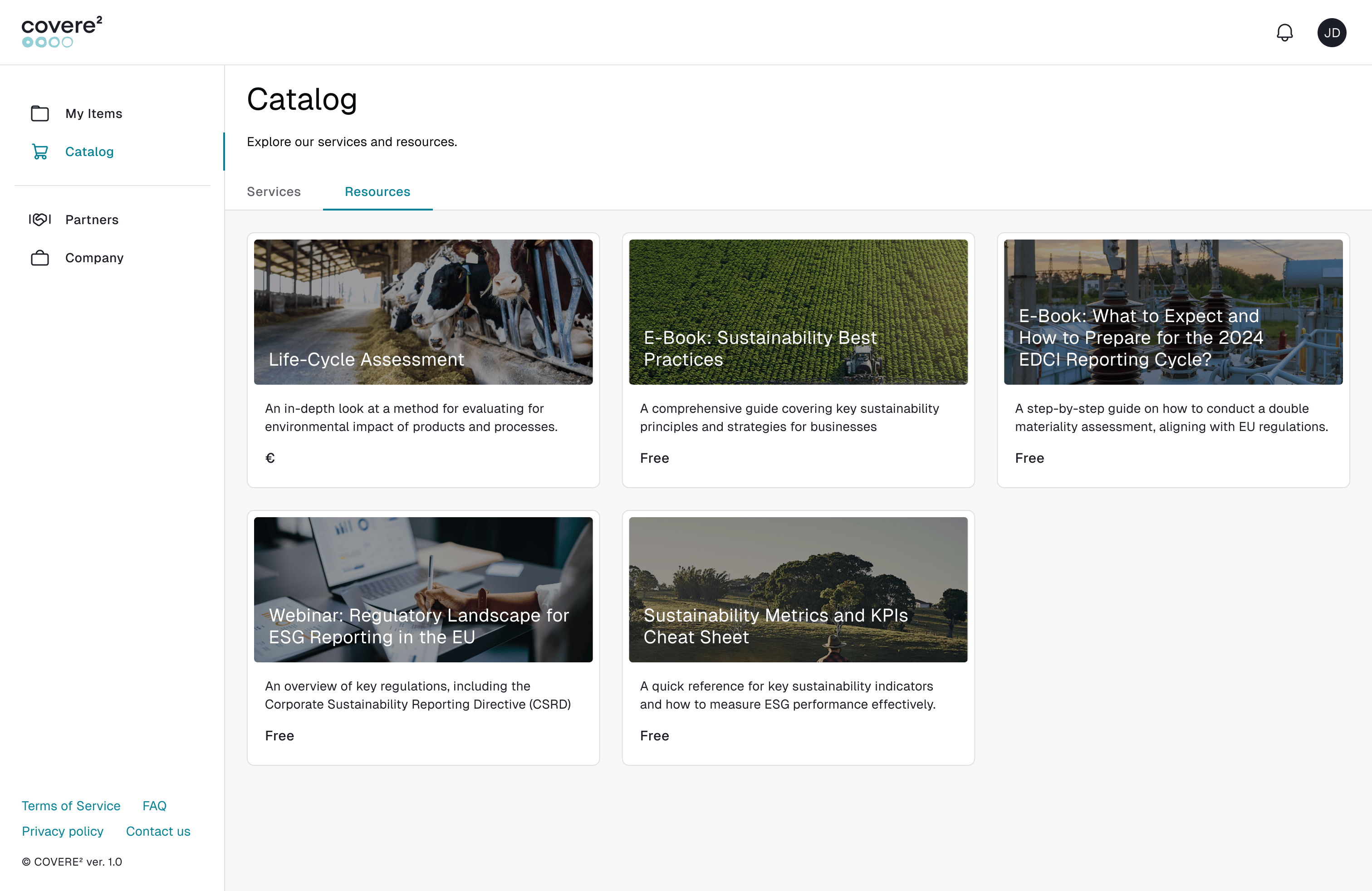
COVERE²'s comprehensive service catalog
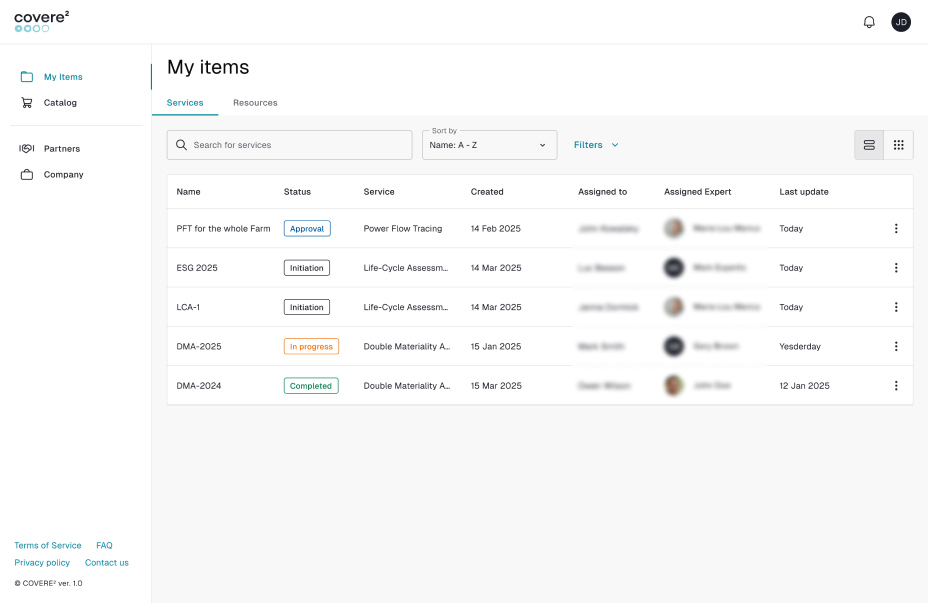
The COVERE² dashboard displays sustainability services
Step 4. Usability testing
During the validation stage, you’ll put theory into practice by evaluating how users interact with your site. In COVERE², we decided to go with the most popular method to validate your ideas by seeing how they work with your target customers.
It is a method of testing the functionality of a website, app, or other digital product by observing real users as they attempt to complete tasks on it. The users are usually observed by researchers working for a business during either an in-person or, more commonly, a remote usability testing session.
The goal of our usability testing is to reveal areas of confusion and uncover pain points in the customer journey to highlight opportunities to improve the overall customer experience. Our platform is crucial for solving complex problems.
- Therefore, it's important to:
-
- Evaluate the intuitiveness of the web application interface.
- Identify potential usability issues encountered by users.
- Assess how well users perform key tasks within the application.
- Measure user satisfaction with the application’s overall experience.
We conducted usability testing sessions with a subset of our initial interviewees to validate our design choices. Observing users interact with the platform revealed valuable insights:
- Users appreciated the intuitive interface, but there was difficulty with understanding names, wording, and labels.
- Collaboration and easy access to various services on sustainability initiatives were highly requested features.
- Streamlined integration with the system requires organised onboarding and platform support.
This iterative feedback loop allowed us to refine the platform until it met both functional and emotional needs.
The result: a platform built for sustainability transformation
The final product will be more than just a tool. It’s a partner in sustainability with its combination of consultancy services, tools, and technology solutions. It offers to
- Simplify ESG reporting: COVERE² will simplify sustainability transformation by providing step-by-step guidance for clients to navigate complex processes, including regulatory compliance and legislation.
- Increase data quality: COVERE² uses Life Cycle Assessment methodology and Power Flow Tracing capabilities to ensure high-quality, verified data, offering businesses trustworthy insights for strategic decision-making and competitive advantage.
- Foster accountability and engagement: COVERE² supports businesses throughout their entire sustainability journey (from data engineering and reporting to emission reduction strategies), delivering a full-cycle transformation experience tailored to each client's sustainable initiatives.
What’s next?
Using the quantitative and qualitative data gathered during the validation stage, improve the UX and UI of your site to boost conversions and create a site that always puts users at the centre. Through ongoing review and testing, as well as UX consulting and competitive analysis, you can continue to uncover opportunities to improve your product.
For COVERE², it's about facilitating an Impactful Sustainability Journey. We use a user-centred design approach to perform market research, prioritise features and show our potential users that we are their partner in their sustainable transformation.
Lessons learned
Our journey doesn’t end here. As the sustainability landscape evolves, so will our platform. Continuous user feedback and market analysis will guide future iterations, ensuring that we remain a trusted ally for companies striving to make a difference.
- Empathy drives innovation: early and active involvement of the user during the design process. Design decisions are based on what the user needs and wants.
- Clarification of user and task requirements: identifying these requirements is critical, and business goals should be aligned with clearly defined user needs.
- Iterate and adapt: usability testing is invaluable for refining concepts into impactful solutions. The product is improved using an iterative design process. Designers and developers make changes gradually as they test features and gain a deeper understanding of their target audience.
- Sustainability is collaborative: a platform’s success hinges on its ability to align diverse stakeholders towards common goals. We will do a lot for you, but we need your cooperation.
By adopting user-centred design approach, we have built not just a digital product but a catalyst for change. To empower your sustainability journey, ensuring that it fosters transparency and performance, early and active involvement of the user during the design process is crucial. Design decisions are based on what the user needs and wants.
COVERE² is one of many examples of how user-centred design shapes and drives product development. We believe that based on the process and the most important lessons learned from our case, we are going to deliver a game-changer.
Involve users. Iterate. And stick to the research-based insights, not the assumptions... or get someone who can do that! In this case, a user-centred design supported a meaningful product. For our planet, for our environment.
And for your business.

FAQs
There’s no single “best” ESG software. The right tool depends on your organisation’s size, industry, and specific reporting needs. COVERE² is designed specifically for the agrifood sector, offering an integrated, user-centred approach to ESG reporting solutions, all your ESG data management, energy consumption monitoring, and carbon emissions reduction.
It is software that helps businesses collect, manage, and report data related to their environmental, social, and governance performance. It supports energy efficiency initiatives and compliance with regulations and improves transparency (sometimes offering personalised dashboards).
The “Big 4” are major accounting firms: Deloitte, PwC, EY, and KPMG. They assist companies in validating data, developing robust ESG strategies, and enhancing environmental performance. It allows companies to improve operational efficiency and strengthen risk management.
The "best" depends on your compliance requirements and stakeholders’ expectations. These frameworks enhance ESG reporting capabilities and help companies ensure compliance with evolving regulations, support accurate carbon accounting standards, and enable companies to reduce their environmental impact as part of a comprehensive ESG strategy.
Related Insights

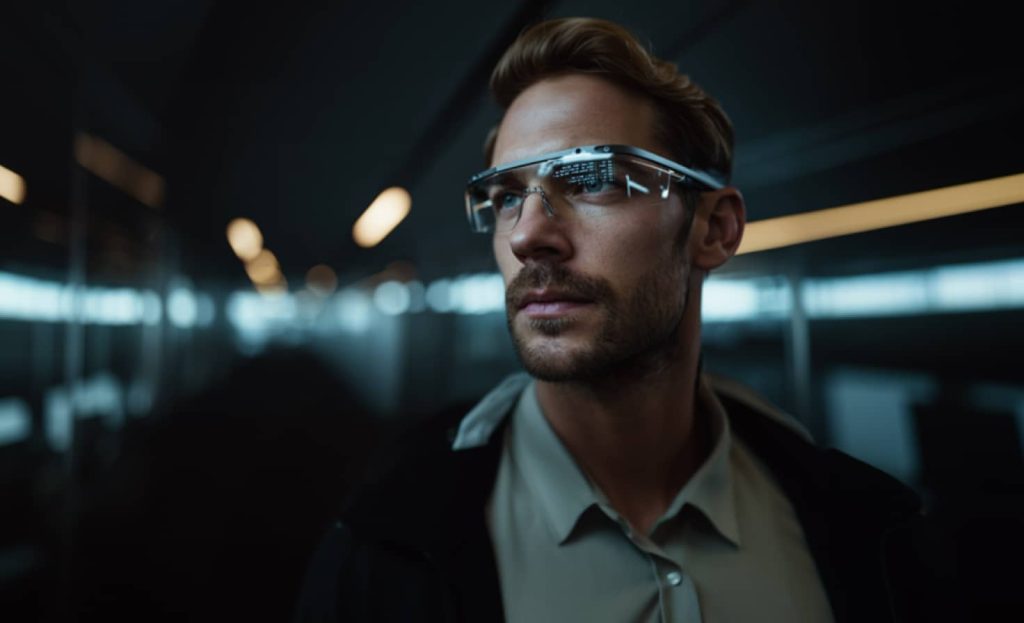

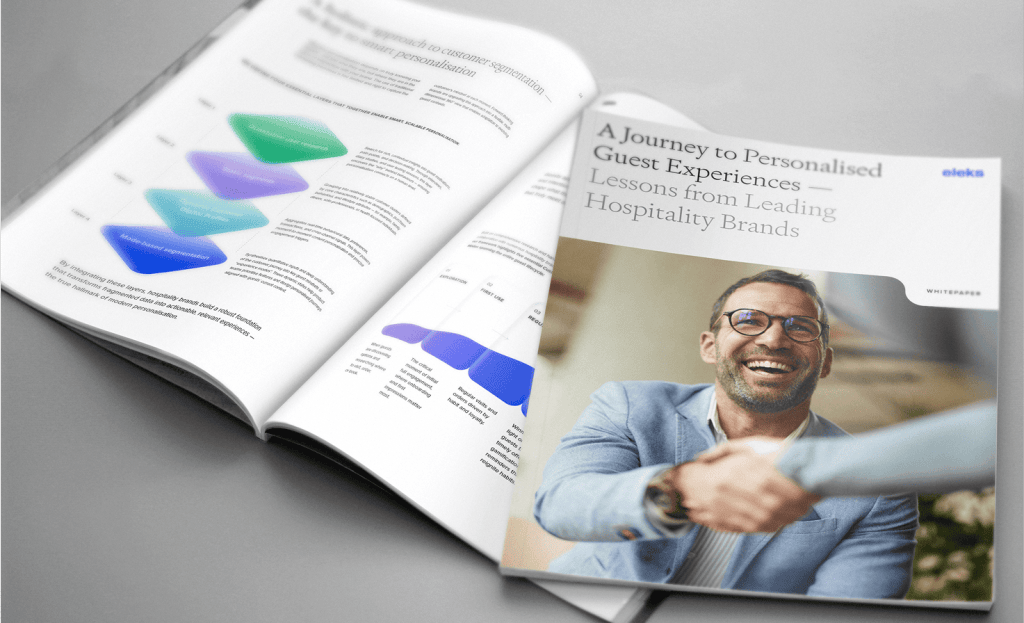





Inconsistencies may occur.
The breadth of knowledge and understanding that ELEKS has within its walls allows us to leverage that expertise to make superior deliverables for our customers. When you work with ELEKS, you are working with the top 1% of the aptitude and engineering excellence of the whole country.

Right from the start, we really liked ELEKS’ commitment and engagement. They came to us with their best people to try to understand our context, our business idea, and developed the first prototype with us. They were very professional and very customer oriented. I think, without ELEKS it probably would not have been possible to have such a successful product in such a short period of time.

ELEKS has been involved in the development of a number of our consumer-facing websites and mobile applications that allow our customers to easily track their shipments, get the information they need as well as stay in touch with us. We’ve appreciated the level of ELEKS’ expertise, responsiveness and attention to details.


